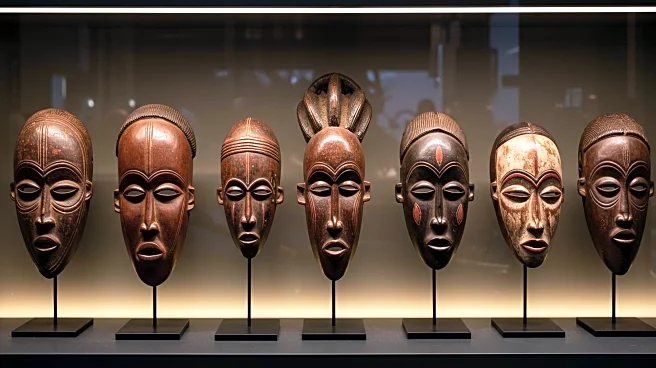Rapid Read • 7 min read
Small U.S. companies are facing significant challenges due to President Trump's new tariffs, which have introduced additional administrative burdens and increased import costs. These tariffs, ranging from 10% to 50%, require companies to navigate complex customs procedures and increase customs bonds, which are guarantees for tariff revenue and potential penalties. While larger firms have the resources to manage these changes, smaller companies are struggling with compliance and forecasting. According to the U.S. Chamber of Commerce, there are approximately 236,000 small-business importers in the U.S., and the annual tariff impact on these companies is estimated at $202 billion. This situation is exacerbated by the fact that businesses have absorbed more than half of the tariff costs, with the remainder affecting foreign exporters and American consumers.
AD
The tariffs imposed by President Trump are reshaping the landscape of global trade, aiming to secure fairer access for American exports. However, the burden on small businesses is significant, potentially affecting their financial stability and ability to compete. As these companies contribute to over half of the country's job creation, their struggles could have broader economic implications, including potential job losses and reduced economic growth. The shift in tariff costs from importers to consumers could lead to higher prices for goods, impacting consumer spending and overall economic health.
As the tariff regime continues, small businesses may need to adapt by seeking alternative suppliers or adjusting their business models to mitigate costs. The National Retail Federation and other industry groups are voicing concerns, urging for policy adjustments to alleviate the pressure on small businesses. The ongoing trade tensions may prompt further discussions among policymakers and industry leaders to find solutions that balance trade fairness with economic stability.
AD
More Stories You Might Enjoy










